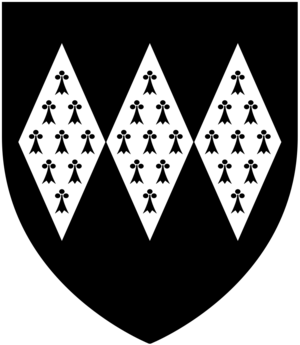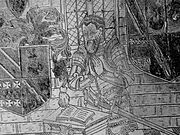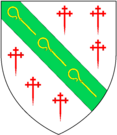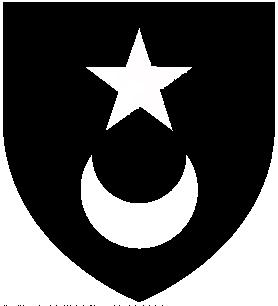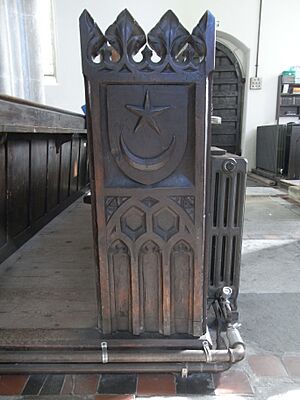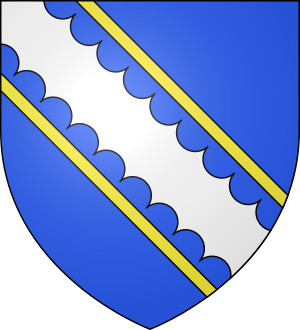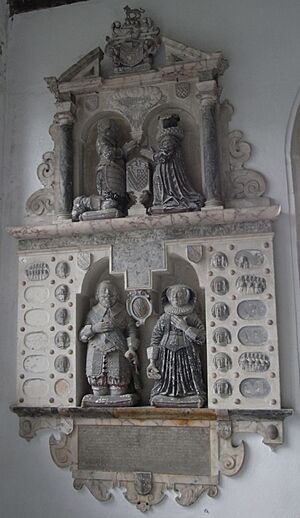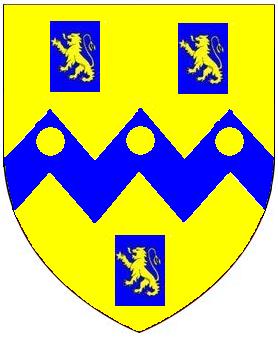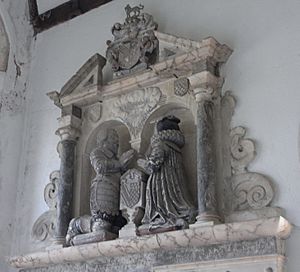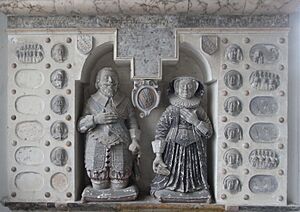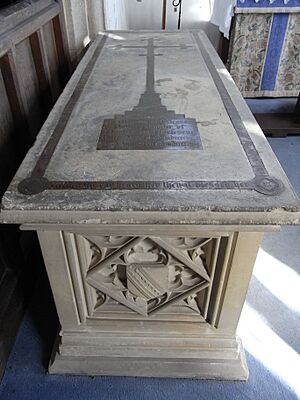Weare Giffard facts for kids
Quick facts for kids Weare Giffard |
|
|---|---|
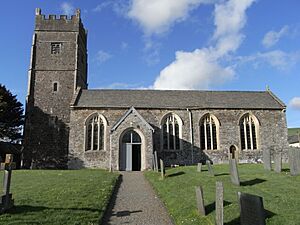 Church of the Holy Trinity, Weare Giffard, viewed from the south |
|
| Population | 345 (2011 census) |
| Civil parish |
|
| District |
|
| Shire county | |
| Region | |
| Country | England |
| Sovereign state | United Kingdom |
| EU Parliament | South West England |
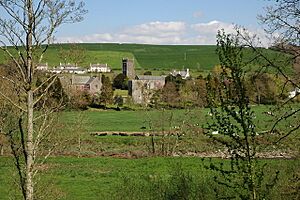
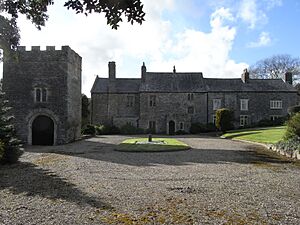
Weare Giffard is a small village and a civil parish (a local government area) in the Torridge area of north Devon, England. It used to be a manor, which means it was a large estate with a lord who owned the land and had power over the people living there.
The village's church and the old manor house are located about 2.5 miles northwest of Great Torrington. Most of the homes in the parish are about half a mile east of the church. The church sits on a hillside, a little above the flat valley of the River Torridge. Both the Church of the Holy Trinity and the nearby Weare Giffard Hall are very important historic buildings, listed as Grade I listed buildings in Devon. In 2011, about 345 people lived in the parish.
Contents
History of Weare Giffard
The name "Weare" might come from a "fish weir." A fish weir was a fence or enclosure built in a river to catch fish. Building one usually needed permission from the local lord, as it could affect how many fish others caught further down the river. Because of this, there were often disagreements about fish weirs in old records!
Who Owned the Manor?
The ownership of the Weare Giffard manor changed hands many times over the centuries. This section explains how it passed from one family to another.
The Giffard Family
One of the first known owners of the manor was Sir Walter Giffard in the 1200s, during the time of King Henry III. The village later added "Giffard" to its name because of his family.
Sir Walter Giffard had a daughter named Emma, who was his only heir. She married three times:
- First, to Hugh Widworthy, but they had no children.
- Second, to Sir William Trewin. They had a son, William Trewin, who later changed his last name to "de Wear."
- Third, to Sir Robert Dynham, but they also had no children.
Inside the Weare Giffard Church, you can see stone statues (called effigies) of an early Giffard family member and his wife. They are now in arched spaces in the church wall. People believe they might be Sir Walter Giffard and his wife, Lady Alice de St George, but there are no names or family symbols to be sure.
The de Wear Family
The Trewin family, who also used the name "de Weare," were said to have used fish symbols in their family crest (called heraldry). This was a nod to the fish weir in the manor. You can even see fish symbols carved on the old Weare Giffard Hall.
The last male member of the de Wear family was William de Wear, who died around 1421. He had a daughter who became his only heir. She married Richard Denzell, whose family came from a place called Denzell manor in Cornwall.
The Denzell Family
The Denzell family gained Weare Giffard when Richard Denzell married the de Wear heiress. Richard Denzell and his wife had a son, also named Richard. However, this second Richard had no sons, only a daughter named Elizabeth, who became his sole heir.
The Denzell family's coat of arms was a silver star and crescent moon on a black background. You can still see these symbols carved on a bench in Weare Giffard Church, dating back to around 1510.
The Fortescue Family
In 1454, Sir Martin Fortescue married Elizabeth Densyll, the daughter and heir of Richard Densyll. This marriage brought the manor of Weare Giffard, along with other large estates, into the Fortescue family.
The Fortescue family still owns a large estate called Filleigh, which includes Castle Hill mansion. The last Earl Fortescue to own Castle Hill was Hugh Fortescue, the 5th Earl (who died in 1958). He had no sons, so he left Castle Hill to his older daughter, Lady Margaret Fortescue. He left Weare Giffard to his younger daughter, Lady Elizabeth Fortescue. Lady Elizabeth sold the manor of Weare Giffard in 1960.
Weare Giffard Hall
Weare Giffard Hall is a beautiful old building. One historian, Sabine Baring-Gould, described it well:
- As you approach, you see a square gateway tower.
- Inside, the entrance hall has old oak carvings above the fireplace.
- The walls of the main hall are covered with tapestries.
- You can see the amazing hall roof best from the gallery.
- The north wall has three large portraits and some old medallions from the Elizabethan era.
- On the south wall, there are three carved coats of arms: the Royal arms (from 1599), the Bedford arms, and the Bourchier, Earl of Bath arms.
- The walls are also covered with richly carved oak panels up to 10 feet high.
- Many rooms in the Hall have interesting old fireplaces.
Fortescue Family Monument
High up on the south wall of the church, in what's called the "Fortescue Chapel," there's a large monument dedicated to the Fortescue family. It was put up in 1638 by Hugh Fortescue (1592–1661).
The monument has two levels:
- Top Level: Shows Hugh's grandparents, Hugh Fortescue (1544–1600) and his wife Elizabeth Chichester. They are shown kneeling and praying.
- Lower Level: Shows their son, John Fortescue (died 1605), and his wife Mary Speccot. They are kneeling side by side, facing forward. Around them are carved faces of their many children.
The monument has a Latin inscription that tells us about the family's history, saying they came from John Fortescue, a knight and captain in France under King Henry V. It also lists the burial dates for Hugh (1600), John (1605), Elizabeth (1630), and Mary (1637).
Below the main part of the monument, there's a stone tablet with a poem. This poem praises the Fortescue family and their connections to other important families like Chichester, Speccot, and Rolle. It also mentions their family motto, "LE FORT-ESCU," which means "the strong and lasting shield."
At the very bottom, there's a Latin phrase that acts as a "chronogram." This is a clever way to hide a date within the words. If you add up the Roman numerals in the special capital letters, it tells you the monument was built in 1638.
Eleanor Fortescue's Tomb
Against the north wall of the church's main area (the chancel) is a chest tomb for Lady Eleanor Fortescue (1798–1847). She was the fifth daughter of Hugh Fortescue, 1st Earl Fortescue.
The tomb has a message carved around its edge, which is a changed version of a Bible verse. It praises Lady Eleanor for helping the poor, the fatherless, and widows, saying she brought them joy. The tomb also states: "In memory of Eleanor fifth daughter of Hugh Earl Fortescue born April ii ad mdccxcviii died August xii ad mdcccxlvii."
How Weare Giffard is Governed
- Weare Giffard is managed by the Weare Giffard Parish Council. This council has six members who are chosen every four years. One of these six members is elected as the Chairman for a year. The Council meets four times a year in the Village Hall.
- Weare Giffard is represented in the UK Parliament by the area called Torridge and West Devon. Currently, this position is held by a member of the Conservative Party, Rt. Hon. Geoffrey Cox.


